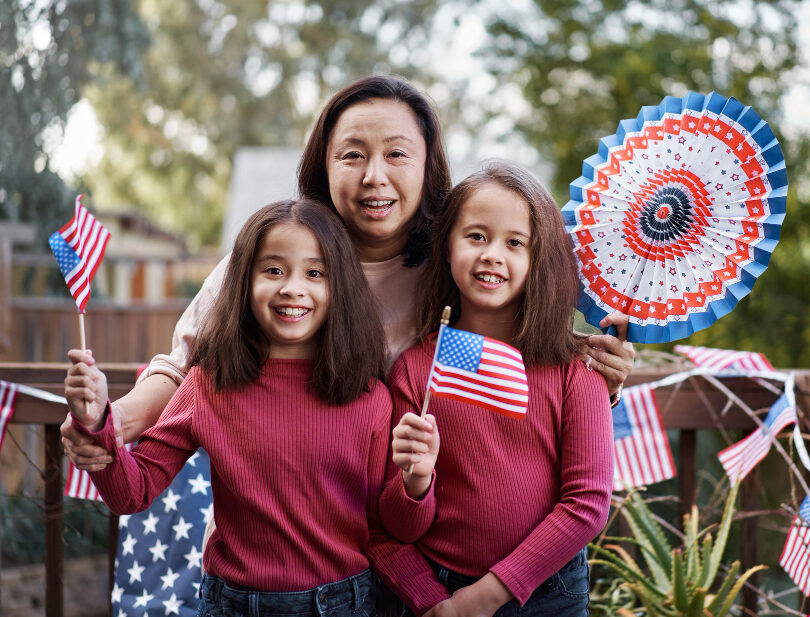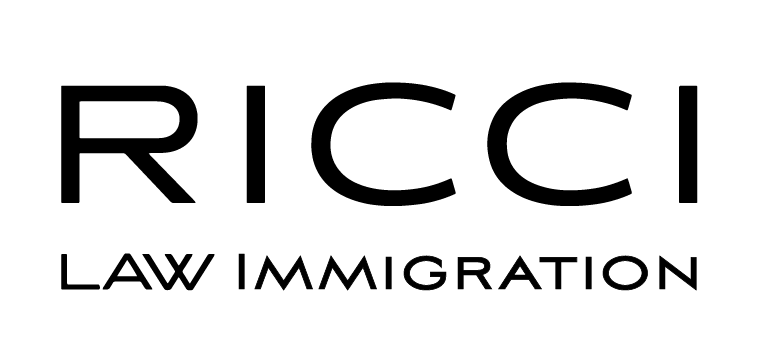Immigration by family ties or marriage
U.S. citizens and certain lawful permanent residents (LPRs) can apply for a green card for certain family members or spouses. As with all other USCIS immigration procedures, it is necessary to prove eligibility for permanent residence by submitting documentation proving the applicant’s family ties or relationship to the petitioner, as well as a criminal background check on the green card applicant.
The petitioner must also prove that they can financially “sponsor” their relative or spouse (Beneficiary), so that it does not become a public charge to the US. There are two groups eligible for family-based visas: Immediate Relatives and Family Preference Categories. Learn more about these groups:


Immediate Relatives Category (IR)
The Immediate Relatives (IR) category is not subject to an unlimited number of visas available each year and, in most cases, the entire application process takes around five months. These categories are reserved for the spouse, unmarried children and parents of American citizens.

Family Preference Categories (F)
These categories are subject to a limited number of visas each year. The U.S. Department of State publishes a monthly visa bulletin informing when specific family preference cases become available. The categories based on family preferences are:
F1: Unmarried adult sons and daughters (21 years of age or older) of U.S. citizens
F2A: Unmarried spouses and children (under 21 years of age) of permanent residents
F2B: Unmarried adult sons and daughters (21 years of age or older) of permanent residents
F3: Married sons and daughters (any age) of U.S. citizens
F4: Brothers and sisters of adult U.S. citizens (21 years of age or older)
GREEN CARD APPLICATION PROCESS
The family-based immigration process begins with the petitioner (US citizen or LPR) filing Form I-130 (Petition for Alien Relative) with USCIS. Once the I-130 has been approved and is available in the annual numerical number of (in the case of family preference), the foreign beneficiary can apply for a green card by Consular Process or by Adjustment of Status.
The Consular Process is when the final green card interview takes place outside the United States, at a US Embassy or Consulate in the beneficiary’s country of residence. The consular process is the most common way to obtain a green card.
Adjustment of Status occurs when a non-immigrant visa holder (student, temporary worker, tourist, etc.) is already in the United States and applies for permanent residence from there, receiving temporary legal status if they qualify. In this case, the green card interview takes place at one of the USCIS centers in the US.
It is important to note that those applying for Adjustment of Status are subject to waivers to work and use US public benefits (such as healthcare and public education) while their green card applications are being processed by USCIS.
Regardless of your family’s immigration category, it is essential to have the legal services of specialized attorneys who can assist at every stage of your green card process. Ricci Law Corp has a team of lawyers with proven experience and a track record of success in all types of immigration processes to the United States.
Perguntas frequentes
Immigration based on family ties occurs when a person becomes a permanent US resident (green card holder) through direct kinship or marriage to US citizens. To do this, the qualifying relative (sponsor) must file a petition with the United States Citizenship and Immigration Services (USCIS) on behalf of their immediate relative or spouse (beneficiary).
An American citizen or legal permanent resident (in specific cases) can be the sponsor of an immigration petition based on family ties or marriage. However, the sponsor must fulfill certain legal requirements and obligations.
Firstly, “immediate relatives” of US citizens, including parents, spouses, widows and children (unmarried children under the age of 21 and, in the case of a parent of an American, the petitioner’s son or daughter who is at least 21 years old) can immigrate to the United States without being subject to any numerical restrictions.
The other beneficiaries are divided into several groups called “Preferences”. Each preference receives an annual numerical quota to limit the number of immigrants admitted to the United States.
The four family-based immigration preferences are:
1st Preference: unmarried sons and daughters of US citizens
2nd Preference: spouses unmarried sons and daughters of legal permanent residents
3rd Preference: married sons and daughters of US citizens
4th preference: siblings of US citizens
Depending on the relationship between the Sponsor and the Beneficiary, these are the documents usually required: naturalization certificate, birth certificate, marriage certificate, adoption certificate and/or a divorce decree. In most cases, the sponsor needs to provide employment verification and W-2 forms for the last few years. Information required for the beneficiary includes a passport, US visa, I-94 form, photos and medical exams.
The K-1 visa is a non-immigrant visa popularly known as a “fiancé visa”, and is issued to foreigners seeking to enter the United States to marry an American citizen. First, the US citizen (sponsor) needs to file a petition with the USCIS. Once the petition is approved, the foreign fiancé (beneficiary) will apply for a K-1 visa at a US Embassy or Consulate abroad. With the K-1 visa in their passport, the foreign beneficiary must marry the US citizen within a maximum of 90 days after the date of their entry into the United States.
Do you identify with the profile and criteria for any of the categories of immigration based on kinship or marriage?
Schedule a consultation with our licensed attorneys to learn more about your green card possibilities




